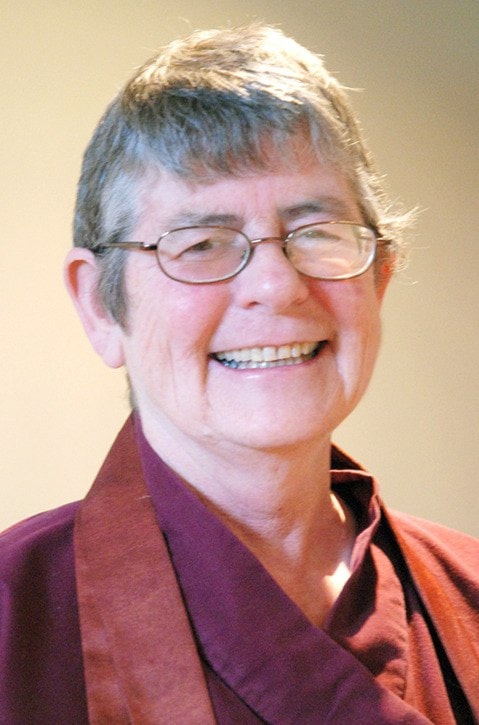I’ve had a break from writing this column and am now ready to start again. I thank you, my loyal readers, for your patience. Many of you have stopped me to ask why my columns have been discontinued. I have been on holiday. My next series of columns will be based on an essay written by Eihei Dogen, a medieval Japanese Zen master who is the founder of Soto Zen Buddhism. The Creston Zendo is a Soto Zen temple.
This series of columns will be a little different from the ones I’ve written in the past. Rather than offering practical advice in a specific way, in this series I will be quoting paragraphs from one of Dogen’ s essays and commenting on their meaning. This is the traditional way of teaching Zen. I will continue to suggest practices at the end of each column, but it may not always be clear how they relate to the column itself.
The text that I will be using is one of 93 essays of Dogen that have been collected in a work called the Shobogenzo. “Shobogenzo” means “Treasury of the True Dharma Eye”. In other words, the essays in the Shobogenzo are Dogen’s attempt to express the reality of the enlightened mind. They are not easy to read because they are full of references to the Zen teachings of the past. Dogen was very well versed in the ancient teachings and referred to them often as he attempted to translate them into a language that his contemporaries would understand. Now, I will be trying to translate Dogen’s medieval essays into a language understandable to we who live in the 21st century. This undertaking is a humbling experience, but I will do the best I can.
Because we live in an area where we are so connected to the mountains and rivers, I have chosen the essay, “Mountains and Rivers Sutra.” The word “sutra” usually refer to words that the Buddha actually spoke in fifth century BC, when he was alive. His words were transcribed into written documents by his students and passed on through the generations of Buddhist practitioners. In this essay, Dogen, as he often does, uses words in a way that differs from their usual use. Here, sutra does not refer to the words of the historical Buddha. Neither is Dogen saying that his essay is a sutra. He is making the astonishing statement that the sounds of the mountains and rivers are themselves are a sutra, that they perfectly express the essence of the teachings of the historical Buddha. The essay, “Mountains and Rivers Sutra”, explains his position that mountains and rivers are teaching us.
Suggested practice: Take some time to go for a walk, preferably on a mountain trail; listen to the sounds that arise in awareness. As you walk, notice when your mind wanders to the past or future and gently coax your attention back to awareness of sound. Don’t label or analyze; just listen.
Kuya Minogue is the resident teacher at Sakura-ji, Creston’s zendo. For more information, she can be reached at 250-428-6500.
